The South-West Victorian coastline, aka the Shipwreck Coast, is home to a diverse range of habitats, which provide a plethora of fishing opportunities. This unforgiving coastline is renowned for being wild and rugged. During winter, icy gale-force winds manage to slice through even the best Gore-Tex spray jackets and massive swells that often reach 10m! But there’s also a tranquil side to the temperamental waters of Bass Strait. During autumn, there are beautiful calm days where you can take your boat right underneath the cliffs or even head out wide to the continental shelf to try your luck on pelagics and tasty bottom species. With only a limited number of ramps between the South Australia/Victoria border and Apollo Bay, there’s plenty of remote coastline to explore. By the same token, there’s also plenty of awesome fishing in close proximity to most of those ramps. And I suppose there aren’t many places in the world you can target 100kg-plus bluefin tuna from a 5m trailer boat, either!
SNAPPER
Snapper are an important part of the rec fishery on the South-West Coast. In the winter months, the fish move out onto deep grounds, but as the water begins to warm in the spring, they move back inshore and school up in big numbers. Most of the snapper caught are less than 2kg in weight, but each year there’s usually a run of fish between 4kg-10kg in October and November.
SCOTTY’S SECRET TIP:
Micro-jigging the reefs in the evening with Gomoku gear.
SOUTHERN ROCK LOBSTER
There is a vast amount of habitat for rock lobster along the South-West Coast. Anglers hang out for those flat days when they can get in close to shore for a snorkel, scuba dive or to spend the day drop-netting from a boat for lobster under the backdrop of the beautiful rugged coastline. Lobbies can be caught all year round when conditions allow, however there is a closed season for male and female rock lobster depending on the time of year.
SCOTTY’S SECRET TIP:
Dropping hoop nets in between fishing sessions can be very productive.
SOUTHERN BLUE FIN TUNA
The tuna fishery along the South-West Coast has developed significantly over the past 10 years since the first big run of barrels in 2006. While barrels can turn up any time, late August to October has become big fish season over the past two years. School fish range from 8kg-30kg, while for the barrels the sky is the limit with fish over 150kg landed each season!
SCOTTY’S SECRET TIP:
Find the birds then find the fish. Drift, wait for the rise and cast stickbaits.
YELLOW KINGFISH
The South-West Coast has a thriving kingfish fishery ranging in size from rats to 20kg monsters, which can be caught jigging, live baiting and stickbaiting. While there seems to be a lack of the XOS-size fish found in SA and NSW, the numbers of fish in the 10kg-15kg range is excellent. Best times are between October to April when the inshore waters warm up.
SCOTTY’S SECRET TIP:
Kings love tanning on top, so polarised eyes on the water are everything.
AUSTRALIAN SALMON
There are plenty of excellent beaches to target salmon along the South-West Coast all the way from Portland to Apollo Bay. One of my favourite times of the year for chasing salmon is during winter – taking advantage of the often strong offshore winds and casting chrome metal lures into the gutters on high tide. These fish are also caught from boats by anglers when they school up and move into the bays and harbours – great sport on light tackle. Contrary to popular belief, they’re also good to eat if bled and eaten fresh. The fish range in size, but fish to 4kg are caught every season.
SCOTTY’S SECRET TIP:
Take advantage of offshore winds and cast metals into gutters at high tide.
KING GEORGE WHITING
Everybody loves to chase whiting and while we don’t see the numbers of fish often encountered in the bays and inlets to the east, it’s the average size that makes up for the lack of numbers. Some absolute thumping specimens are taken each year up to 60cm. The best fishing occurs during summer and autumn, and while numbers tend to drop off in the winter, the quality is good. One of great things about fishing along the South-West Coast is that there are plenty of land-based breakwaters, harbour and jetty locations where you can target whiting and catch a feed of squid at the same time.
SCOTTY’S SECRET TIP:
Fresh bait such as squid, cuttlefish, nippers and fish fillets. Bit of burley, too.
SCHOOL AND GUMMY SHARK
Bottom sharks such as the school and gummy shark frequent the inshore and offshore waters along the South-West Coast. Each season, specimens in excess of 30kg are landed. Winter and spring are usually the best months for school shark, although they can be caught all year round and are often found in areas with big aggregations of snapper. Gummy sharks – the more popular targets and most favourite eating shark of the two – are generally caught inshore from spring to late autumn. Both sharks can be caught either at anchor with berley, by drifting in the boat or even off the beach.
SCOTTY’S SECRET TIP:
Forget the anchor, cover ground by drifting. Big baits = big fish.

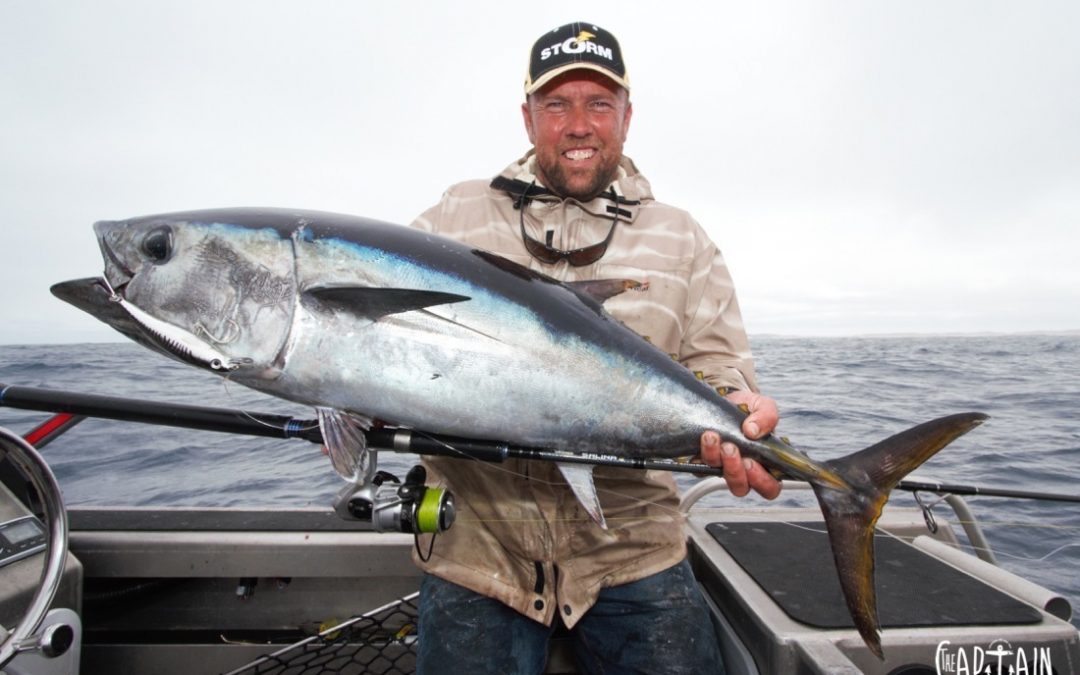
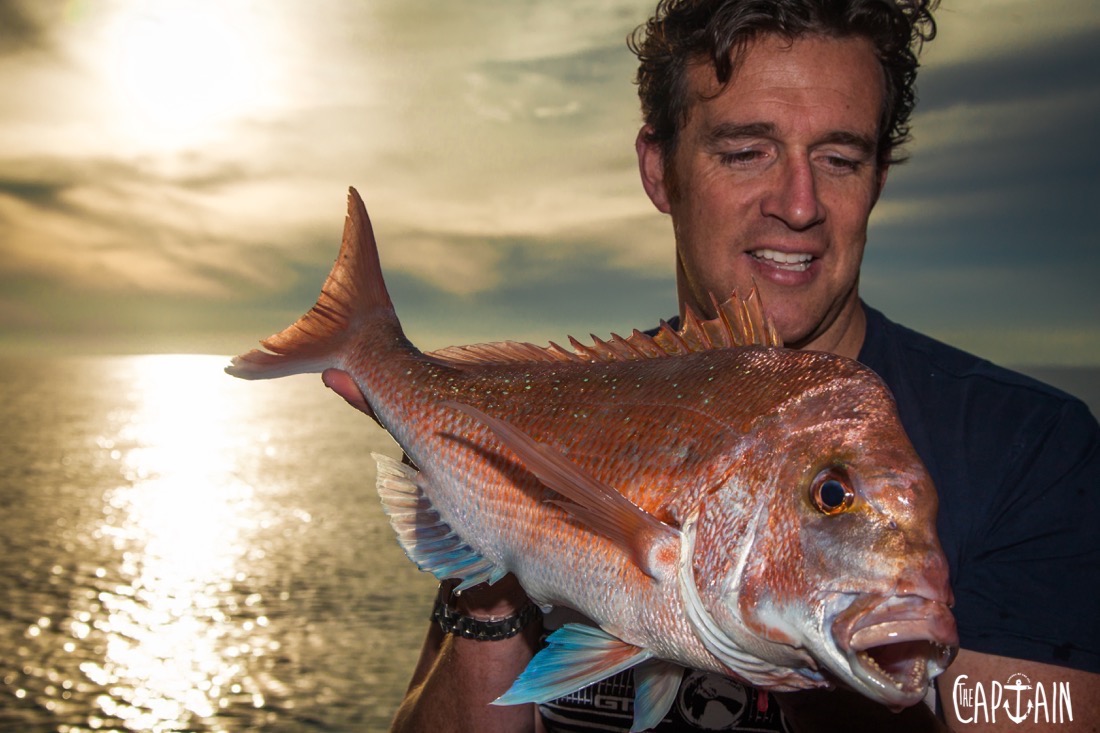

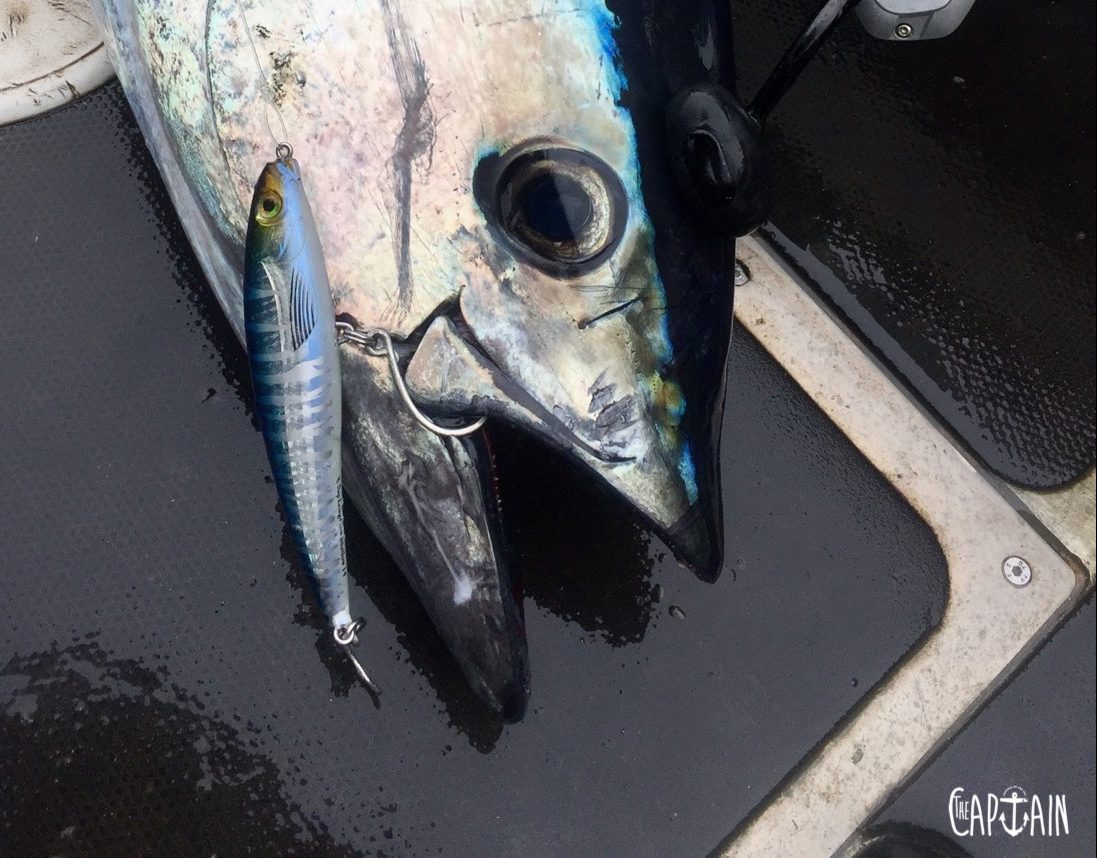
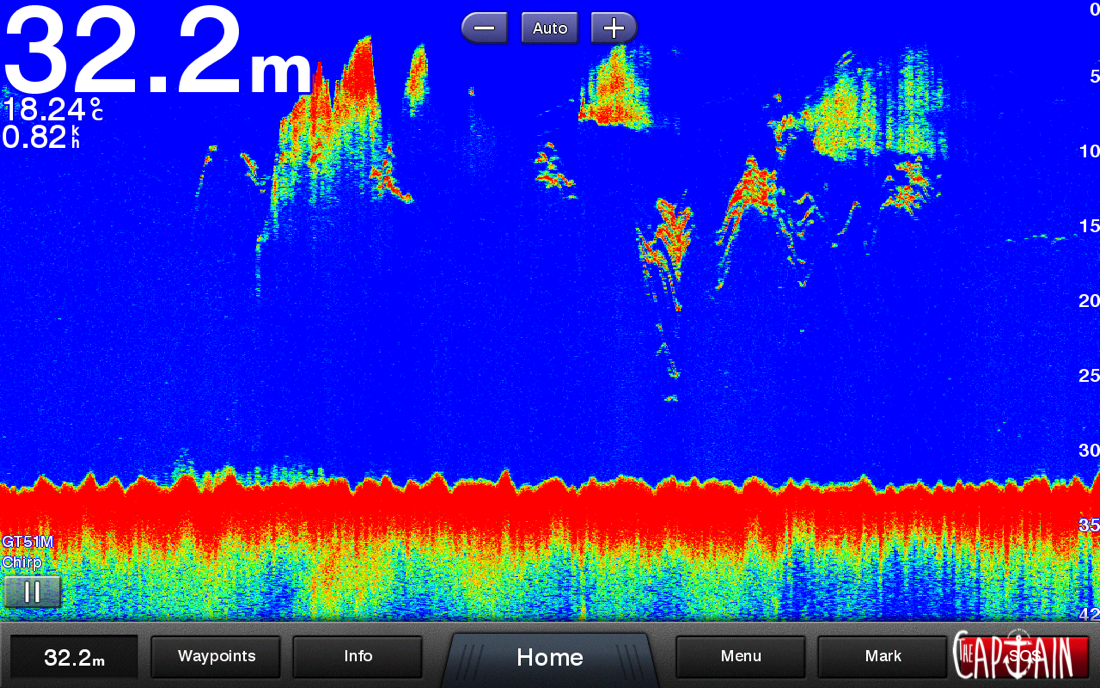

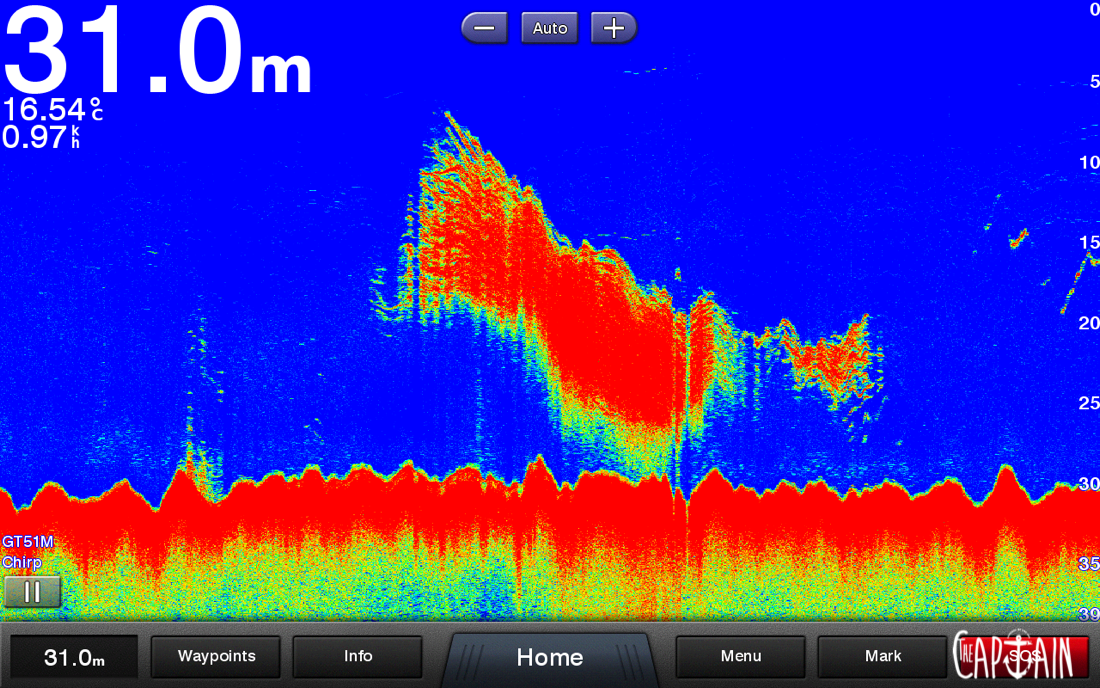
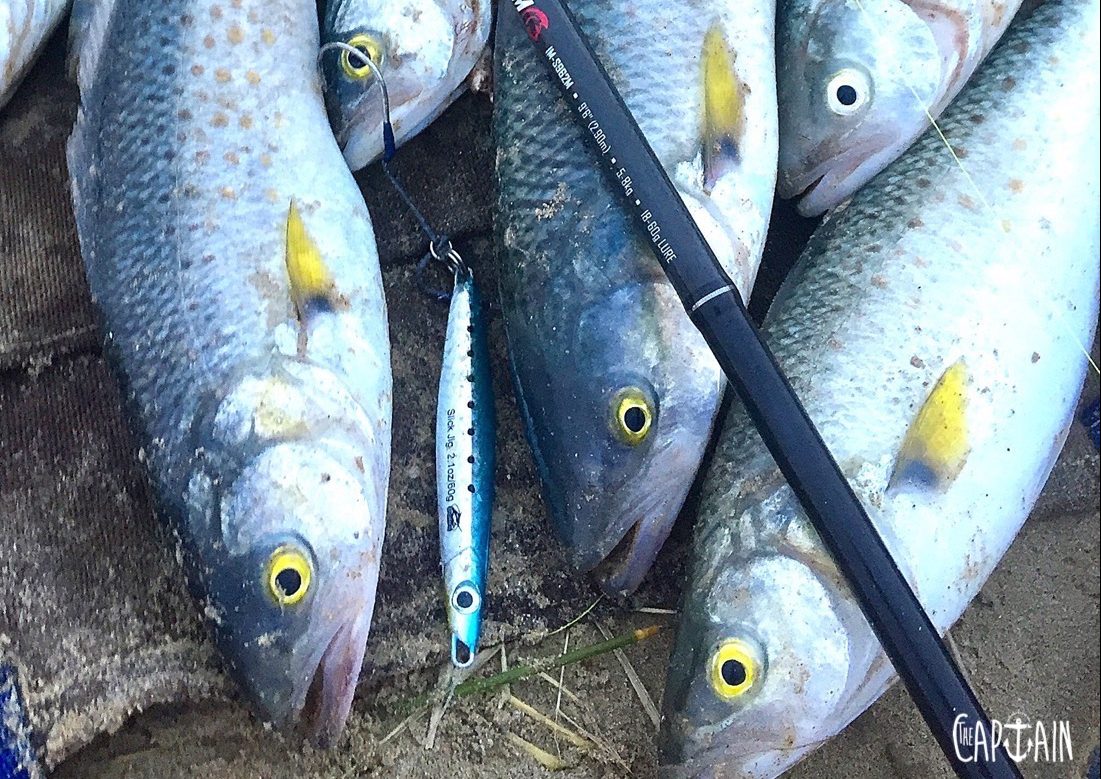


Recent Comments